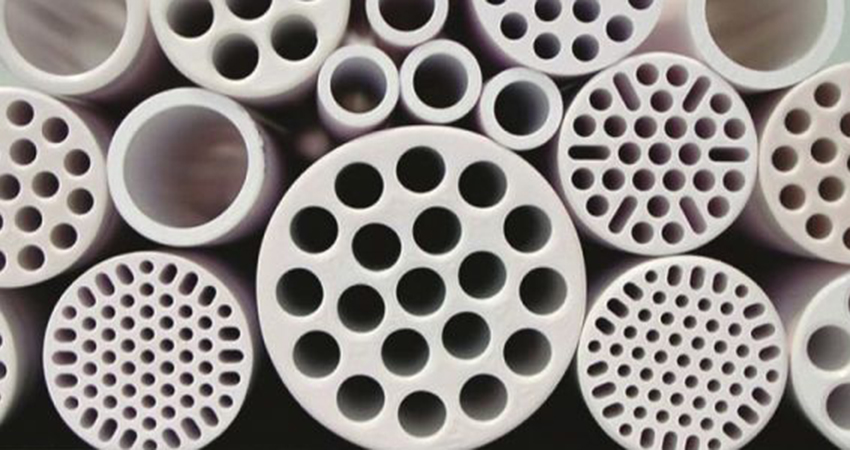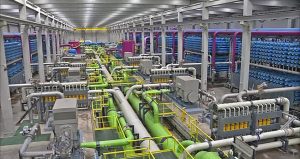Breakthrough in desalination could lead to cheaper water filtration

-
 Jeroen Bezem
Jeroen Bezem
Share article:
An even density distribution of a membrane at the nanoscale turns out to be very important for desalination membranes. Due to this the desalination process can be much more efficient and cheaper. This discovery was made by researchers at three American universities. They managed to solve a complex problem that has preoccupied scientists for decades. The research was published in Science.
The researchers from Penn State University (Pennsylvania), the University of Texas in Austin and Iowa State University collaborated in their research with scientists from Dow Chemical Company and DuPont Water Solutions. They investigated how membranes actually filter minerals from water. “Because even though they’ve been used for many years, there’s a lot we don’t know about how water filtration membranes work,” says Enrique Gomez, professor of chemical engineering and materials science and engineering at Penn State, who led the research. “We found that the way you control the density distribution of the membrane itself at the nanoscale is very important for the performance of water production.”
Complex fine details
Desalination membranes remove salt and other chemicals from water so that it can be used for agriculture, energy production and drinking water. The idea seems simple: push salt water through and clean water comes out at the other end. But the process contains complex fine details that scientists are still trying to understand. The research team has now solved an important aspect of this mystery, which could lower the cost of producing clean water. The researchers found that desalination membranes are not consistent in density and mass distribution, which can hinder their performance. Uniform density at the nanoscale is key to increasing the amount of clean water these membranes can create.
Significantly less energy
The findings were published January 1 in Science. The article reports a 30 to 40 percent increase in efficiency of the tested membranes, meaning they can clean more water with significantly less energy. Reverse-osmosis membranes work by applying pressure on one side to the saline feed solution. The minerals are left behind as the water flows through them. Although more efficient than membrane-free desalination processes, it still consumes a large amount of energy, the researchers say, and improving the efficiency of membranes could reduce that burden.
3D reconstructions at the nanoscale
The U.S. National Science Foundation and DuPont, which makes numerous desalination products, funded the research. The idea came about when DuPont researchers discovered that thicker membranes actually appeared to be more permeable. This came as a surprise, because it had always been assumed that thicker membranes actually allow less water to flow through them. The DuPont team made contact with Dow Water Solutions, now part of DuPont, in 2015 at a water summit organized by Manish Kumar, associate professor of civil, structural and environmental engineering at UT Austin. Then the ball started rolling. The research team from the three universities developed 3D reconstructions of the membrane structure at the nanoscale, using state-of-the-art electron microscopes in Penn State’s Materials Characterization Lab. They modelled the path that water takes through these membranes to predict, based on the structure, how efficiently water can be cleaned. The researchers thus mapped density variations in polymer films in three dimensions with a spatial resolution of about one nanometer. According to Gomez, this technological advance was key to understanding the role of density in membranes. He makes the comparison with a coffee filter: “There you can see with the naked eye how some places are more or less ‘dense’. In filtration membranes, it looks similar, but at the nanoscale. How you control that mass distribution is very important for the performance of a water filter.”
Consistent density
The researchers found that the thickness of a membrane is less important than avoiding very dense nanoscale regions or ‘dead zones’. In a sense, a more consistent density across the membrane is more important for maximizing water production than membrane thickness, Gomez said.
Further research
The team continues to study the structure of membranes, as well as the chemical reactions involved in the desalination process. They are also investigating how to develop the best membranes for specific materials, such as durable but tough membranes that can prevent the formation of bacterial growth. “We will continue to search to bring to the surface all the crucial factors of efficient filtration”, Gomez said.
















